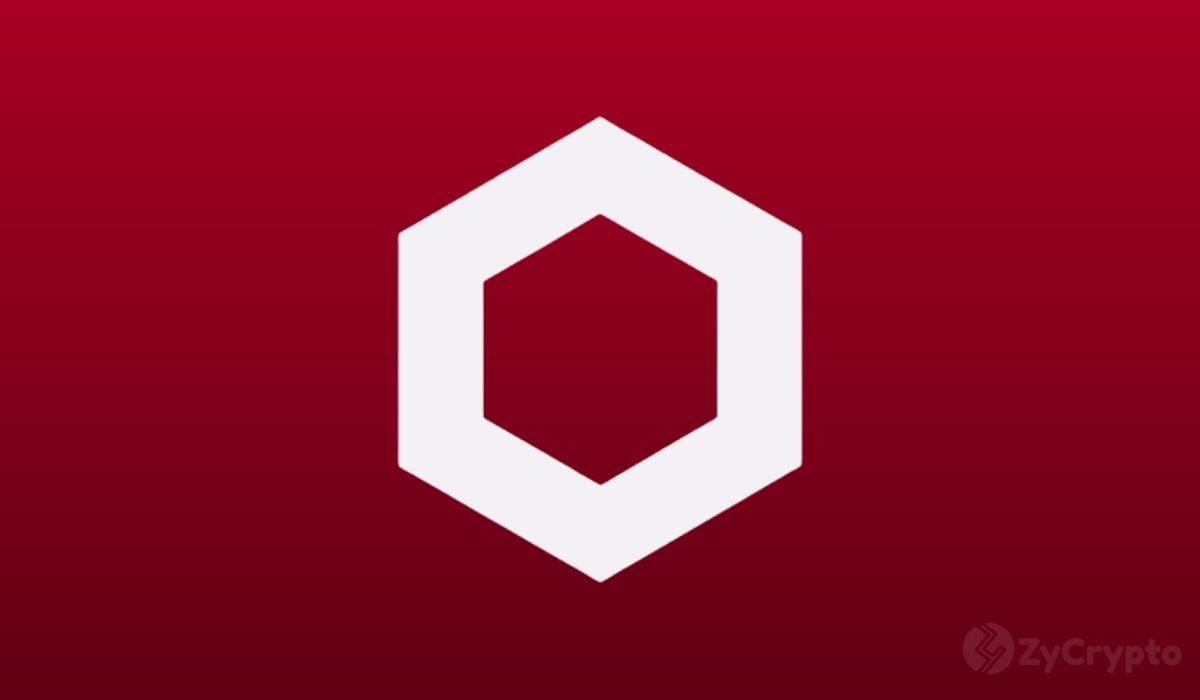Chainlink has introduced a service known as decentralized off-chain computation to monitor and automate triggers to blockchain smart contracts. The Chainlink Keeper Network service was announced during Chainlink’s annual event. It will also facilitate what has been called anti-fraud and anti-risk methods on blockchains when they are exchanging data with other blockchains. Additionally, parties to a smart contract can now specify a time at which they want their smart contract to execute.
The Anti-Fraud Network is a network of nodes and runs parallel and independent to the Chainlink cross-chain bridge – a bridge that allows one blockchain to interchange and share data, tokens, and value with other blockchains. The anti-fraud monitors the cross-chain protocol and its nodes for any malicious, fraud, and risky activity that has the potential to lead to real financial loss or affecting the service. DApps can join the network to guarantee their users that they are watching their services for any fraudulent activity.
It can lock the bridge in case risks and fraud events are identified on any connected node. It could allow an additional layer of trust to help blockchains exchange billions of dollars worth of value without fear of loss or fraud as a result of node and data errors.
“Chainlink Keepers is critical for securing user funds and maximizing the decentralization of the Aave protocol. The security provided by the Chainlink Network’s oracle infrastructure has served the Aave protocol well, and now users of the Aave protocol can leverage Chainlink’s off-chain service to participate in the Aave ecosystem as liquidators to secure the Aave protocol and its liquidity pools,” Aave Co-founder Stani Kulechov said yesterday in a press release.
The Chainlink Keepers went live on Ethereum mainnet yesterday as the network upgraded although it is in the beta testing stages. This means smart contract developers can now build smart contracts that can allow Keeper nodes to inject inputs computed off-chain to trigger on-chain functions. The developers of smart contracts will define the external conditions under which they want to have the smart contracts triggered, factors to trigger the contracts, and how they want the contracts triggered. The set of rules are then picked by registered nodes that are paid to run these “upkeeps” on the blockchain.
Decentralized Finance applications like Aave, Synthetix, PoolTogether, Barnbridge, Bancor, and Alchemix are also implementing the solution. It could boost confidence in investing in such blockchain services since it helps wade off malicious attempts from connected nodes although all Chainlink nodes and data providers to oracles linking to blockchains also have verification and vetting mechanisms to adhere to.
Currently, smart contracts do not have a time factor in that you cannot set a contract to execute at a given time – a contract is executed immediately after conditions predefined by parties to the contract are met. The said Keeper layer will allow clients or other actors to set a time at which they want a smart contract to execute. The Keepers who register as nodes will then take up such instructions among other conditions and execute them on the blockchain relay.
The off-chain computation solution can be used in Decentralized Finance to trigger limit orders on decentralized exchanges and applications because the orders have a time factor on them. It can also be used to monitor certain debt pools for under-collateralized loans. Basing on external or off-chain inputs, the solution can be used to call a liquidation function on a blockchain when a user’s loan is under-collateralized.
ChainLink ensures the data is verified as secure and credible by reliable Chainlink nodes before being fed to the blockchain via oracles. Although not a completely secure-proof method itself due to the nature of the inputs to blockchains, Chainlink allows blockchain to expand its data reach. For instance, non-blockchain data like market data, sports scores, etc can be channeled to blockchain for use through oracles.
However, the cross-chain bridge that facilitates the universal connection between hundreds of blockchain networks is yet to be finalized.







